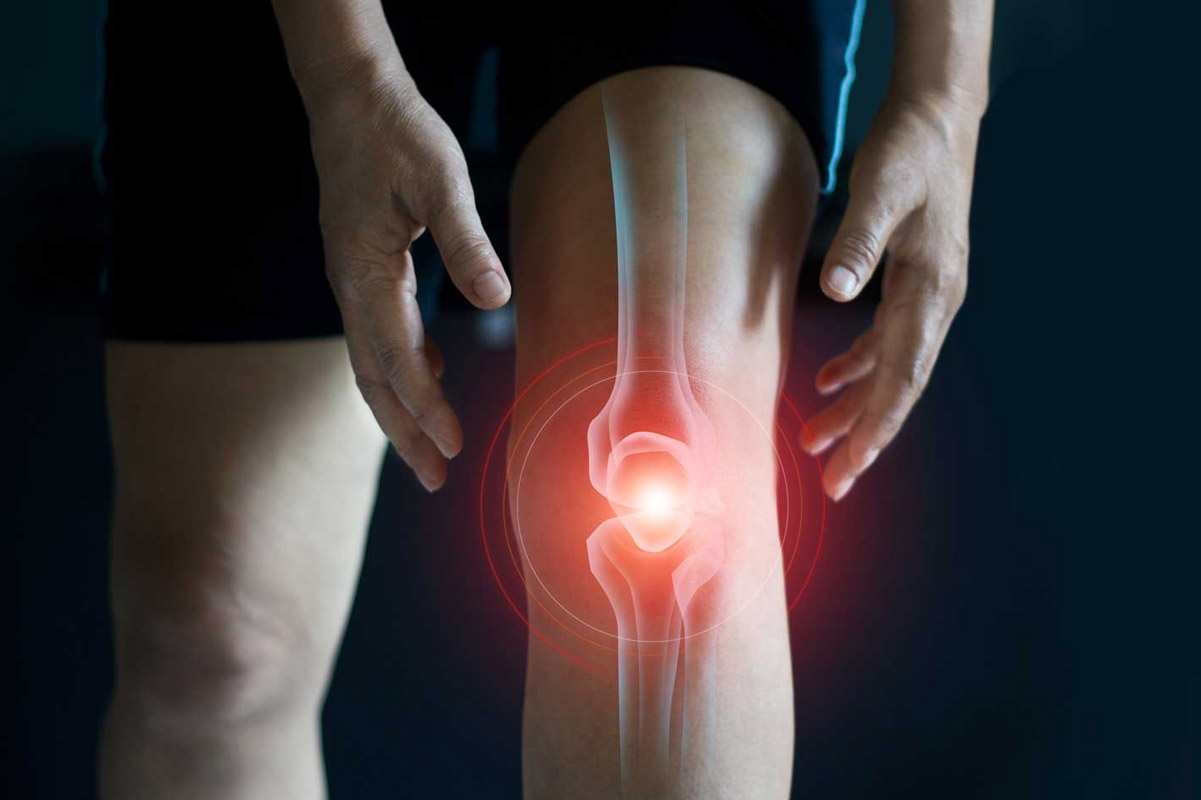Winter And Joints Pain By Dr. Anurag Aggarwal
It is surely a difficult time for people suffering from arthritis. Not only does joint pain worsen during the cold winter months, patients also experience more joint stiffness and reduced range of motion.
Why Cold Weather Does Makes Joints Painful And Stiff?
There is no one explanation for why dropping temperatures affect your joints. One theory relates to drops in barometric pressure, which cause tendons, muscles and the surrounding tissues to expand. Because of the confined space within the body, this can cause pain, especially in joints affected by arthritis.
Which People Are More Susceptible?
It is not clear why certain patients react to weather changes and others do not, but people with arthritis and those with chronic pain are more vulnerable to feeling discomfort.
Here are few tips to help you avoid the discomfort brought on by the cold.
Reduce Your Risk For Joint Pain
Keep Yourself Warm
- Wearing several layers of clothing is the best way to trap warm air close to your body, to stay warm.
- Wear gloves and extra layers on your knees and legs to keep them warm and protected.
- Always sleep with extra warmth during winters especially, if you are experiencing joints pain already.
Take Warm Bath Or Shower
- Warm baths can provide relief to arthritis patients, according to the Arthritis Foundation. Warm baths can relax your muscles and help you feel calm. Just don’t step directly in cold after taking the bath. Your body needs some time to normalise temperature after a warm bath.
Keep Moving Or Stay Active
- It’s essential to keep your body active, even in the winter months. Inactivity leads to decreased range of motion and even more joint pain. In these present covid times, staying active indoors is a great alternative. Do low impact activity like try stretching of body with yoga, do brisk walking or you can try the treadmill and cross trainer.
- Try to build up muscles around the joints like for knees, you can do quadriceps exercise and hamstring stretch exercises. This reduces pressure on your joints, so they are less prone to injury.
Avoid Weight Gain During Winter
- Maintain a healthy weight by doing regular exercises to decrease stress on your joints, especially your knees. For each pound of weight gain, it increases the load on your knee joints by 4 times. That means if you gain 10 pounds (4.54 kg), there will be 40 pounds (18.14 kg) more weight on every step you take.
Keep Yourself Well-Hydrated
- Drinking sufficient water can prevent muscle cramps, keep your immunity in check and also prevent incidence of diseases. Drinking water time to time can help you be more active.
- If you aren’t a fan of plain water, sipping a cup of warm tea is an excellent way to get more hydration in the winter. Bone broth and soup are also hydrating options. Aim for about eight glasses of water per day.
Adjust Your Diet And Supplements
- To reduce pain-inducing inflammation around the joints, eat foods with omega-3 fatty acids like salmon and nuts.
- Leafy, dark greens like kale and spinach provide you with vitamin K to strengthen bones.
- Enjoying vibrant vitamin C filled foods like oranges, red peppers and tomatoes can help to slow cartilage loss and the pain that comes with it.
- Low levels of Vitamin D in the body can make you more sensitive to pain, especially in winter. Besides taking sun bath, you can take Vitamin D-rich foods like eggs, mushrooms, fatty fish, milk and milk products in your diet.
When Should I Consult A Doctor?
If you experience any unusual or new symptoms with your joints — such as persistent swelling, redness, difficulty putting pressure on, or using, the joint — it’s a good idea to consult your orthopaedician. If you have consistent or severe pain that becomes disabling, seek medical care right away.
Dr. Anurag Aggarwal
DM – Gastroenterology, MD – Medicine, MBBS
Sr. Consultant – Gastroenterology
Metro Hospital Faridabad
